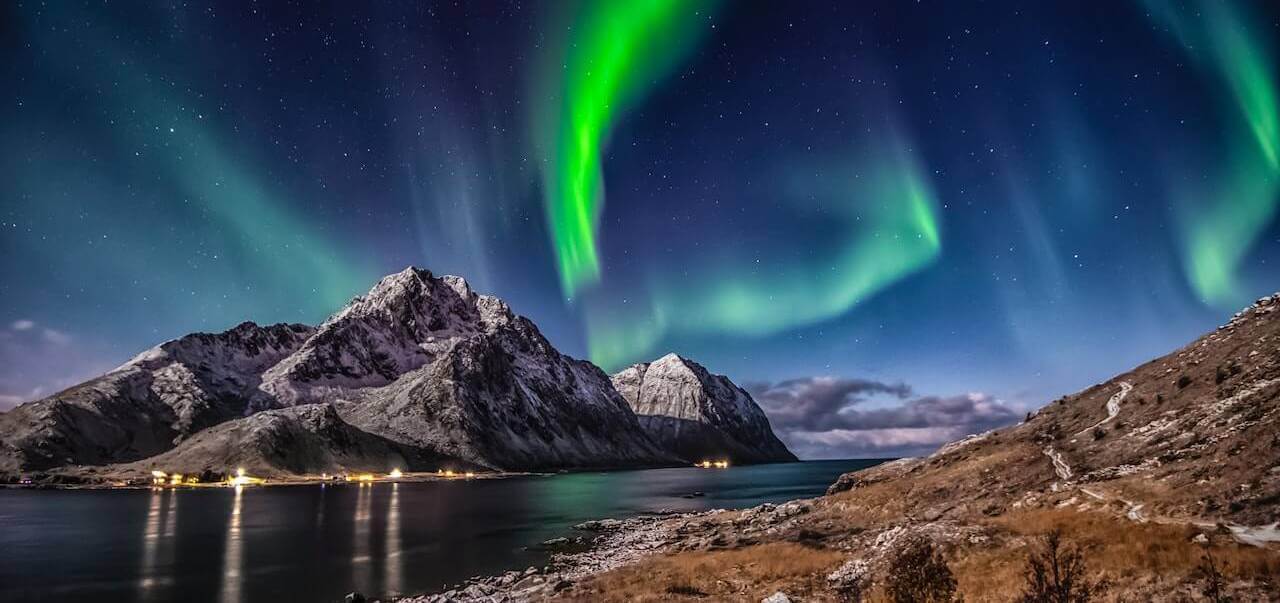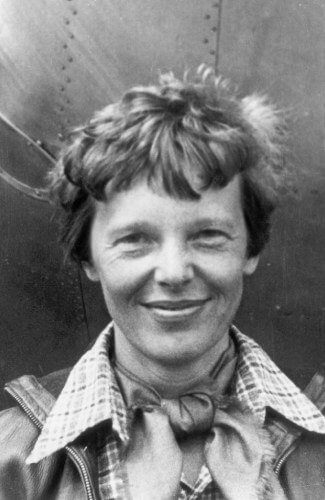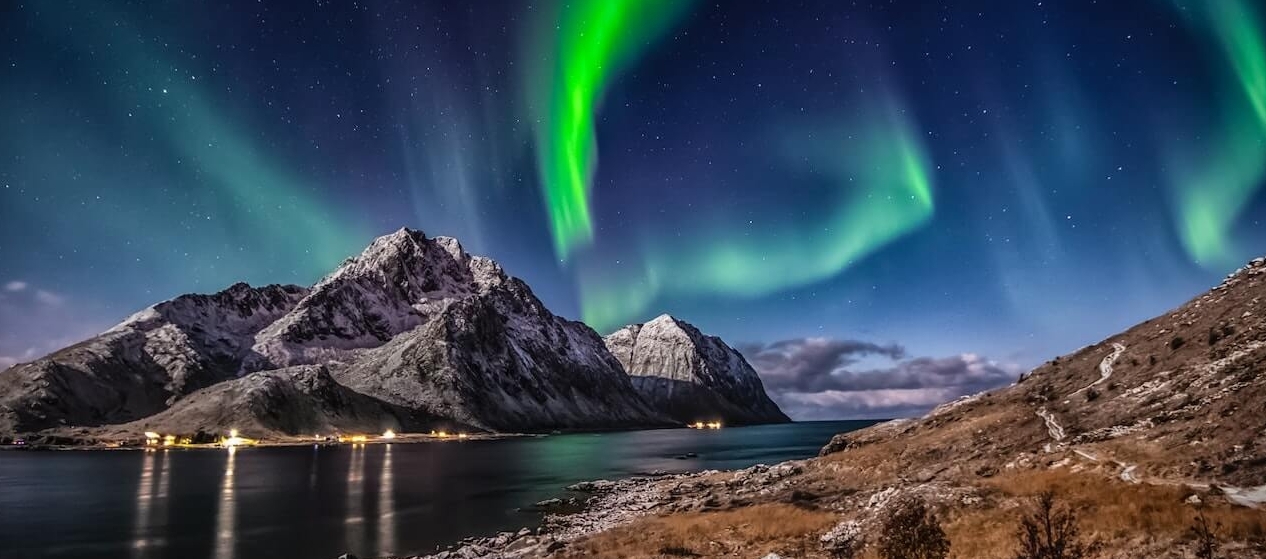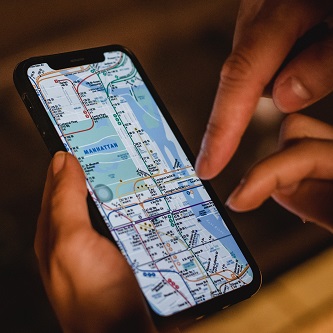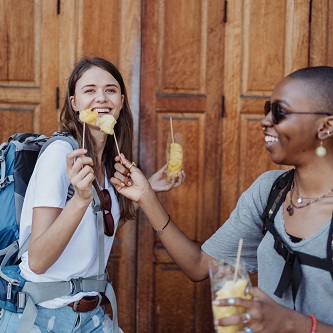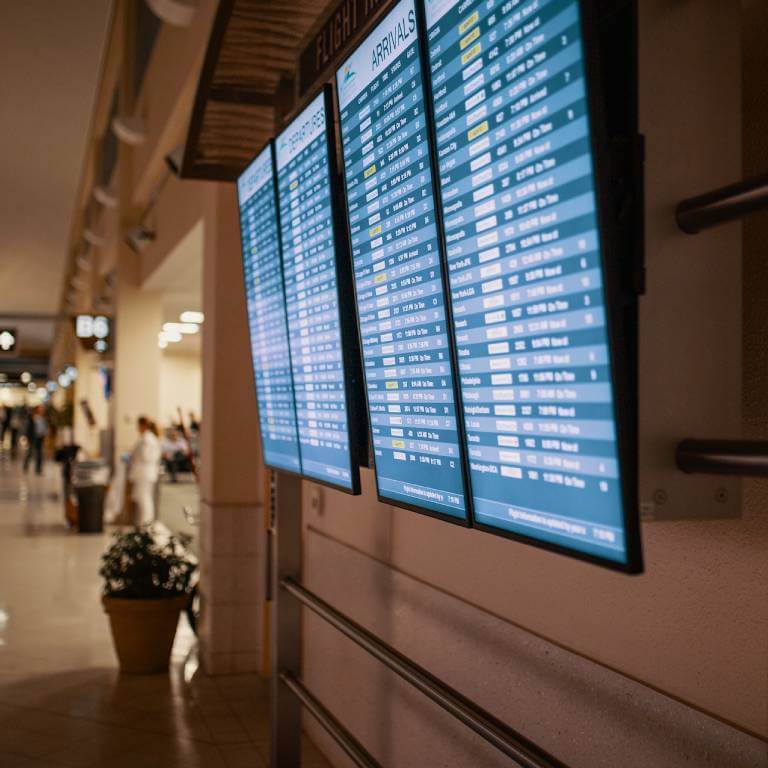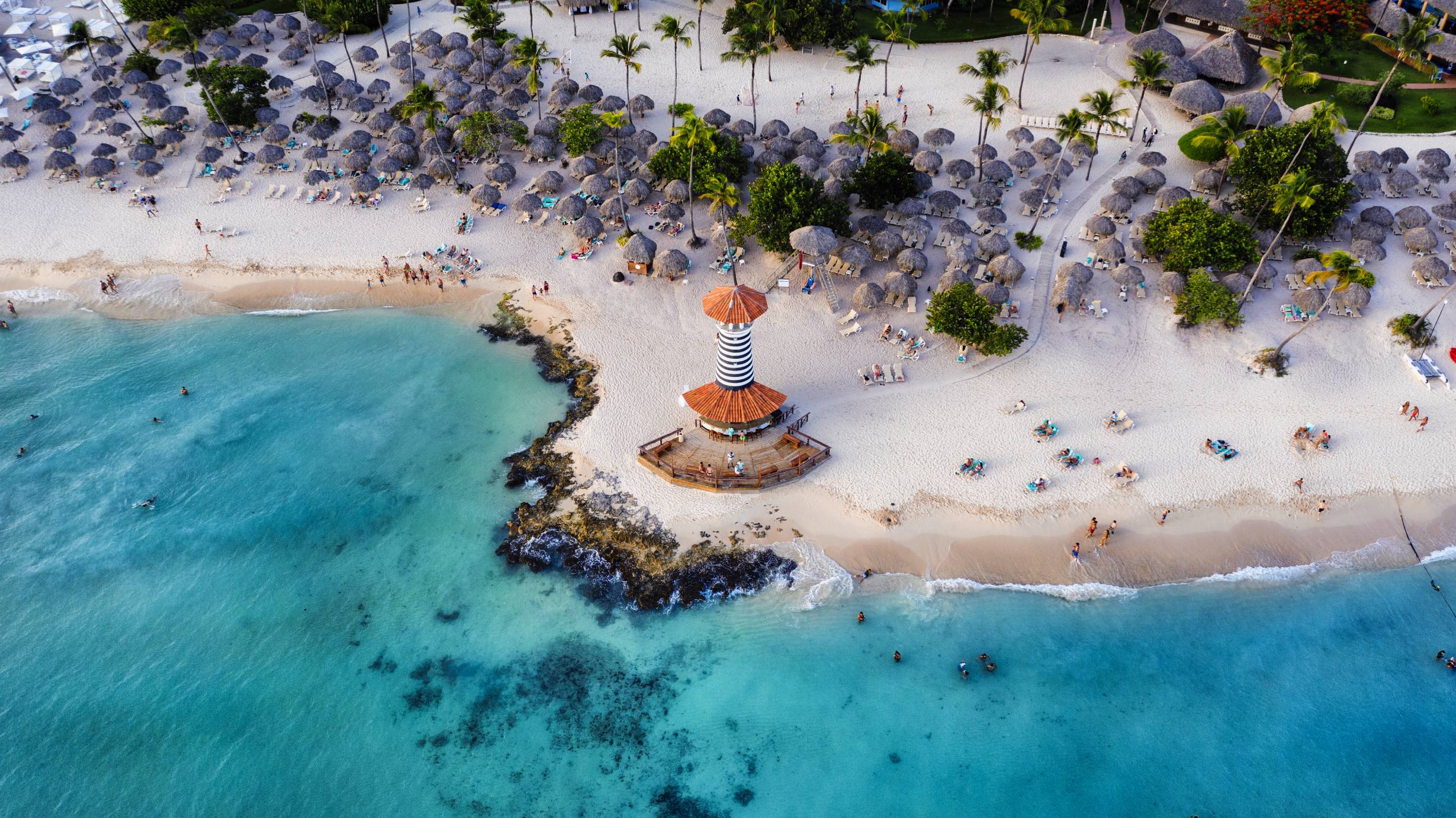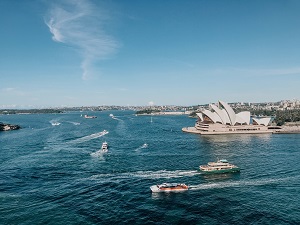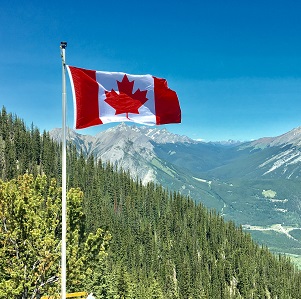Whilst most trips to see the Northern Lights are trouble free, it is important to be prepared should the worst happen.
If you’re choosing to go aurora hunting in Iceland or Norway then, since leaving the EU in January 2021, UK residents no longer have access to the Norwegian or Icelandic state provided healthcare, via the EHIC scheme. This is also the case with the EHIC replacement, the Global Health Insurance Card (GHIC), both of which only apply within EU countries.
This makes it even more important to take out suitable travel insurance for your trip.
Also, if you’re travelling with valuables such as photographic equipment then you can rest assured that our Single Trip, Annual Multi-Trip and Backpacker policies are designed to help protect them.
Across our Single trip and Annual policies, we offer three levels of cover: Bronze, Silver and Gold. Depending on the level of cover you choose, you’ll be protected against:
- Cancelling or curtailing your trip
- Emergency medical and associated expenses
- Loss of passport*
- Delayed personal possessions
- Lost, stolen or damaged personal possessions*
- Loss of personal money*
- Personal accident cover
- Missed departures
- Delayed departures
- Personal liability
- Legal expenses
- End-supplier failure**
*Not available with Bronze level cover
**Only available with Gold level cover
Terms and Conditions apply.


